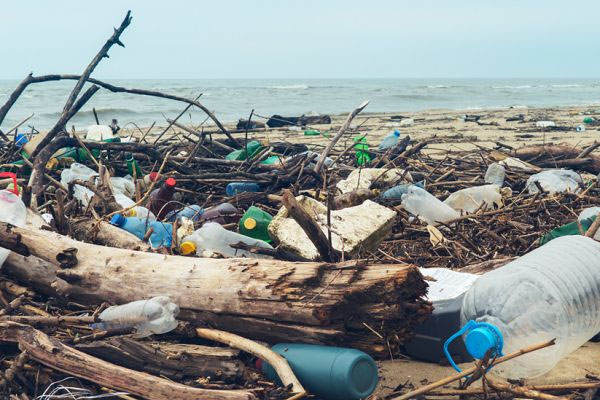To make the Coffee Enema Solution:
Use 1 rounded tablespoon of green coffee grounds per 1 cup of purified water.
How to make: Boil 1 cup of purified water for 5 minutes. Steep for 20 minutes minimum. Let the solution cool to touch and strain very well with a strainer.
Note: You may prepare several batches at a time to save time. Store any extra solution in a closed container in the refrigerator. Heat as needed to body temperature.
Instructions:
1. In the morning after you empty your bowels/defecate,
Put 1 cup of coffee into the enema bag.
2.
Hang the bag on a doorknob or in the bathtub from the faucet knobs
(about 24-30 inches off of the floor), be sure enema hose is
clamped shut!
3. Lay down on the left side and gently insert the enema nozzle or catheter.
Use vitamin E or a good natural salve (coconut oil or olive oil) to lubricate catheter.
4. Release the enema clamp and allow the coffee solution to flow slowly in. Pull out nozzle when empty.
5. Go to the toilet and release the solution. Repeat steps 2 and 3. Then retain coffee solution for 15 minutes, or as long as comfortable. Do not strain.
6. Once empty, roll on your back or right side and massage lower abdomen, in a smooth circular motion. Give extra attention if you find hard spots where blockages and build-up might be.
7. Release solution and toxic waste in the toilet!
Watch > How to do Green Coffee Enema or Licorice root with Castor oil
The information on this handout is for educational purposes only and is not a substitute for medical advice, diagnosis, or treatment. For more information pertaining to your personal needs, please see a qualified health practitioner.
All rights reserved Dr. Malik Cotter, www.malikcotter.com, Copyright © 2019

